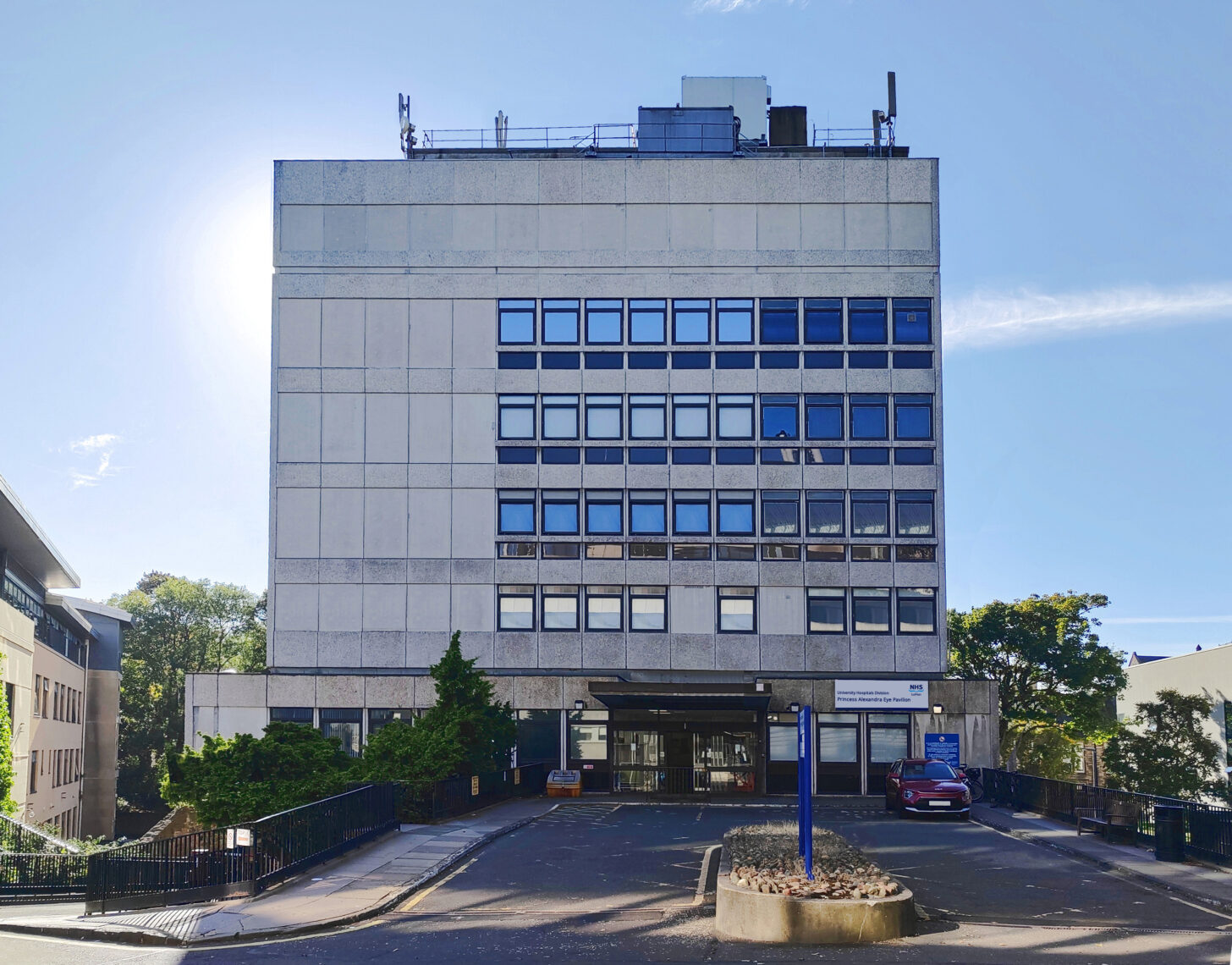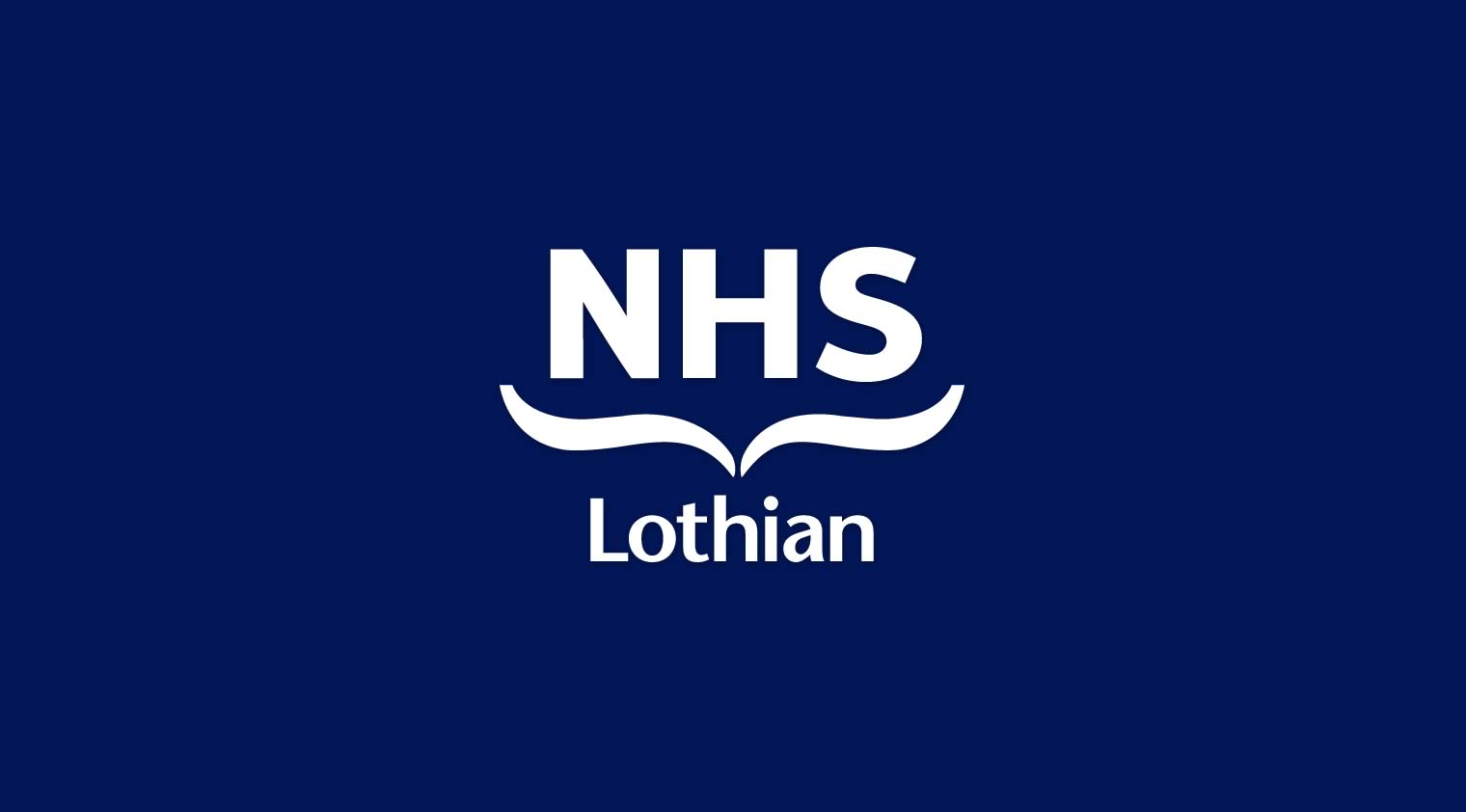Migration of services from Princess Alexandra Eye Pavilion (PAEP) gets underway as the building closes its doors for six months to allow urgent repair work to be carried out. Services are being moved to five locations within NHS Lothian.
Referrals for emergency ophthalmology cases are now housed at the Lauriston Building in central Edinburgh. This major outpatient centre is situated across the road from the Eye Pavilion and will also be the temporary new home to many of the Eye Pavilion’s outpatient clinics.
Other outpatient clinics will be located at the Royal Hospital for Children and Young People and Department of Clinical Neurosciences, both at Little France; the East Lothian Community Hospital in Haddington and St John’s Hospital, Livingston. Inpatient services and day-case surgery also move to St John’s.
The moves will allow extensive work to begin at the Eye Pavilion to remove and replace two waste pipes as well as asbestos material from a sealed cavity where the pipework is located.
Contractors have advised that the work can be carried out more quickly and safely if the building is vacant for the duration.
Jim Crombie, Deputy Chief Executive, NHS Lothian said the priority has been to ensure the safe continuity of all its eye services during the period of temporary closure.
“We know that it is less than ideal to have to move these services and we sincerely apologise to patients for the inconvenience and disruption. We hope patients are assured it has been our absolute priority to ensure we can continue to provide them with every single one of these vital services safely during the period of the Eye Pavilion’s temporary closure.”
The PAEP holds an average of 152 outpatient clinics a week, using 40 consultation rooms every day. In all, there are 1,400 outpatient appointments every week and more than 130 inpatient slots.
Michelle Carr, Chief Officer of Acute Services said “ One of the biggest challenges is the physical move of the full range of diagnostic and treatment equipment required to run a modern eye service; from state-of-the-art eye imaging such as retinal OCT scanners, to visual field analysers; from precision eye laser machines, to the complex surgical equipment for eye surgery.
“Even within the clinic room there are examination microscopes, ophthalmoscopes and devices for measuring eye pressure, along with all the lenses and instruments that the healthcare staff require for the many and varied eye conditions that individual patients may present with. All of it has to move with our patients.”
Jim Crombie added, “This is nothing short of the migration of an entire hospital and has been a massive undertaking to mastermind in just 5 weeks. Our teams have worked hard to identify the appropriate clinical environment for each and every one of these services.
“In order to minimise disruption to patients, we have also ensured every service is co-located with the necessary clinical support services, such as imaging and pharmacy. Details of clinic moves and public transport links to all the relevant sites are contained on an information hub on our website.
“Our volunteers will also be acting as site navigators to assist patients when they arrive for their appointments at an unfamiliar site.”
NHS Lothian is assuring patients that their new appointment details will be contained in direct communication to them individually, by text or letter.
“I would like to thank our patients for their understanding as well as our teams across the system who have worked hard to ensure we can continue to provide these services to our patients during this time.”
The PAEP Patient Information Hub can be found on NHS Lothian’s website.























